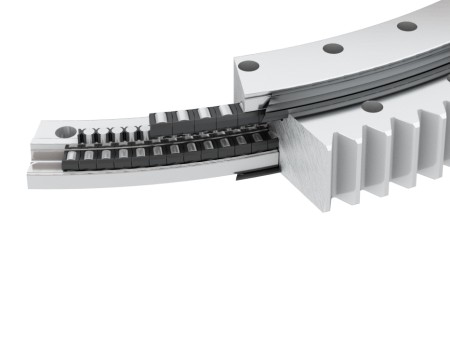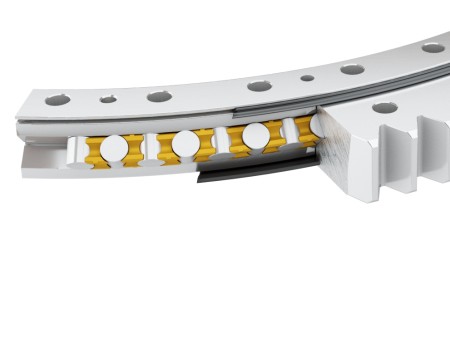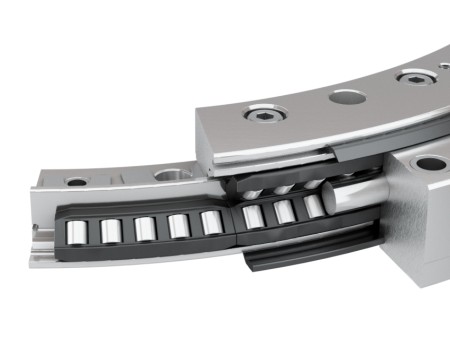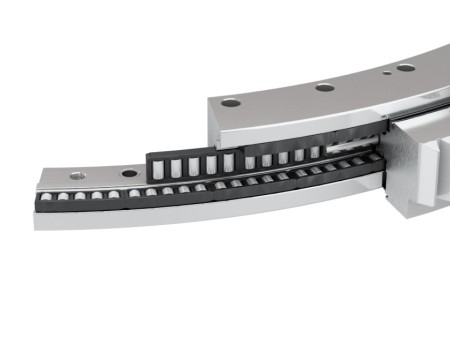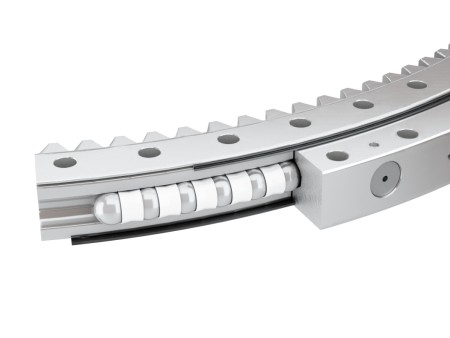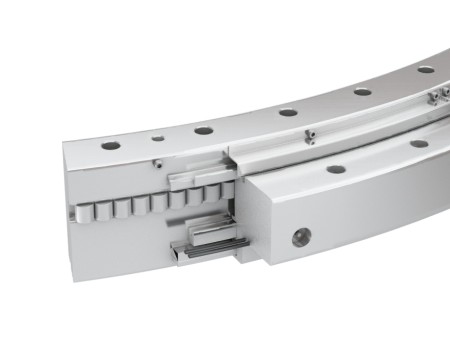Antennae and telescopes
Telescopes are used to explore space and to observe distant objects. Among others, they serve to monitor satellites and space debris, and also to measure the earth, for example, when earth plate shifts have to be determined. In this, a distinction is made between optical telescopes and radio telescopes.
Telescopes carry out their task in all climate zones. From the rainforest to the South Pole, from the hot plains to the dry, hot mountains. So that telescopes remain operational over the long term, the bearings used in them must be perfectly precise, highly rigid, and dispose of low and even rotational resistances.
An antenna is used for the recording, identification and tracking of objects which are up to 1,000 kilometres away. This task must be reliable under all weather conditions and be carried out with high precision, whether stationary or mobile, permanently rotating or pivoting. Radio antennae serve to monitor ship and air traffic. The weather radar supplies us with daily weather forecasts by exploring bad weather fronts and measuring wind speeds.
Our solutions in the field of antennae and telescopes
Telescopes are placed on a stable foundation. Their bases have a diameter which can be larger than 15 metres. A telescope must move with the speed at which the earth turns in order to be able to precisely follow the observed object. This is achieved by a yaw bearing. So that this movement can be regulated, the bearing's frictional torque behaviour must be controlled, for example, by reducing the frictional vibration, also called the “stick-slip effect”.
Elevation bearings are needed to align the telescope in the sky. To achieve the necessary rigidity, i.e. the resistance to elastic deformation, two bearings are generally used, which can be designed in a fixed/fixed or fixed/loose structure. The fixed/loose structure has the advantage of being able to compensate for the length extensions of the telescope resulting from differences in temperature.
For instruments, e.g. a camera or a cable winder to be able to rotate, the bearing on the device and the application situation must be adapted.
In order to be able to accurately track and adjust the telescope’s mirror, bearings are needed which are both highly precise and rigid, and which have a low and even frictional torque curve.
/thyssenkrupp_logo_claim_d.svg)

